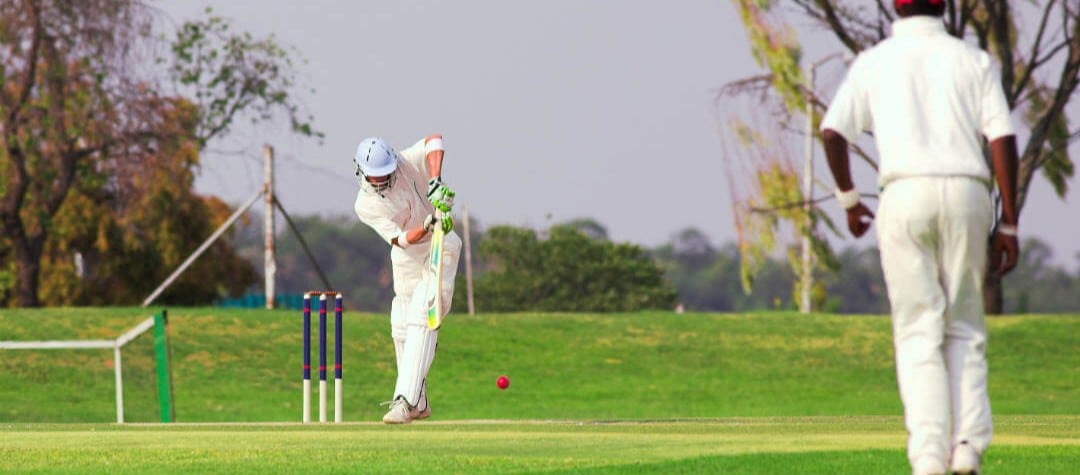Take your batting skills to the next level with our comprehensive cricketing shots guide.
Batting is something that comes naturally for some cricketers but can also be a nightmare for others. Once padded up with cricket bat in hand, the key thing to remember is keeping your eye on the ball. The stance of the batsman is always important, standing up straight with no gap between cricket bat and pad. There are a variety of cricketing shots to play, all depending on which ball has been delivered by the bowler. These are the top 10...
Forward defense: The shot most commonly played in cricket when protecting the wicket from a good ball. The batsman must get his front foot forward, keeping the bat close to the pad so there is no gap for the ball to hit the wicket, playing the ball straight to avoid any edges. It will not score many runs but will keep the stumps intact.
Back foot defense: Not the most glamorous of shots but highly effective when defending a ball pitched in-line and bouncing. It is important that the batsman goes back into his crease and meets the ball at the top of its bounce, playing softly to take the pace off the delivery and reduce the chances of being caught at short-leg.
Straight drive: A classic shot off the front foot which more often than not results in scoring a boundary. The batsman must get his front foot as close to the pitch of the delivery as possible and keep his head over the ball as they play the stroke. This shot is about timing and placement rather than power.
Back foot drive: This stroke allows the batsman to score runs between mid-on and cover when the delivery is short of length. The shot is more about placement than power using the top hand and making sure the bat and hands follow through the line of the shot. If timed right the ball will race away for a boundary.
Sweep shot: A popular stroke to combat spinners, the sweep shot is a risky stroke, which if not pulled off correctly will often lead to a dismal. The batsman must keep his balance by having one knee on the floor, whilst turning his wrists, as he plays across his body against the spin. This is a shot that frustrates bowlers and forces them to bowl a different line.
Slog sweep: A shot created by the likes of Adam Gilchrist and Kevin Pietersen, the slog sweep is a scoring stroke which requires power. The batsman must keep low, and play the stroke across his body with the full face of the bat. The technique is the same as the sweep but is more risky as it is used purely to score boundaries.
Front foot glance: A shot played against fast bowlers when they have bowled down the leg-side. The batsman flicks his wrists as he glances the ball to the offside, using the pace already on the ball to score runs. The perfect punishment to a bowler who is persisting on bowling negatively.
Square cut: Used by many batsmen when the ball is full and wide of off-stump, it’s important that plenty of room is allowed to hit the ball to enable great power and accuracy square of the wicket. The key is to flick the wrists as the shot is played to keep it low, and out of the reach of a fielder at gully. If hit in the middle of the bat, it’s almost guaranteed to go for a boundary.
Pull shot: The most effective way to play a bouncing delivery, the pull stroke is a key element to a batsman armory. When the ball is pitched around waist height the batsman must play the ball onto the leg side, moving the front foot backwards and using his bottom hand to get power on the shot. Used by batsmen to score big sixes.
Hook shot: Similar to the pull stroke, the hook is a run-scoring shot which is played when the ball is pitched above head height. The batsman plays the stroke blind elevating the bat above his head, keeping both hands firm to get as much power as possible on the shot. The hook shot is the riskiest shot to play in cricket, and should only be used when chasing a target.














